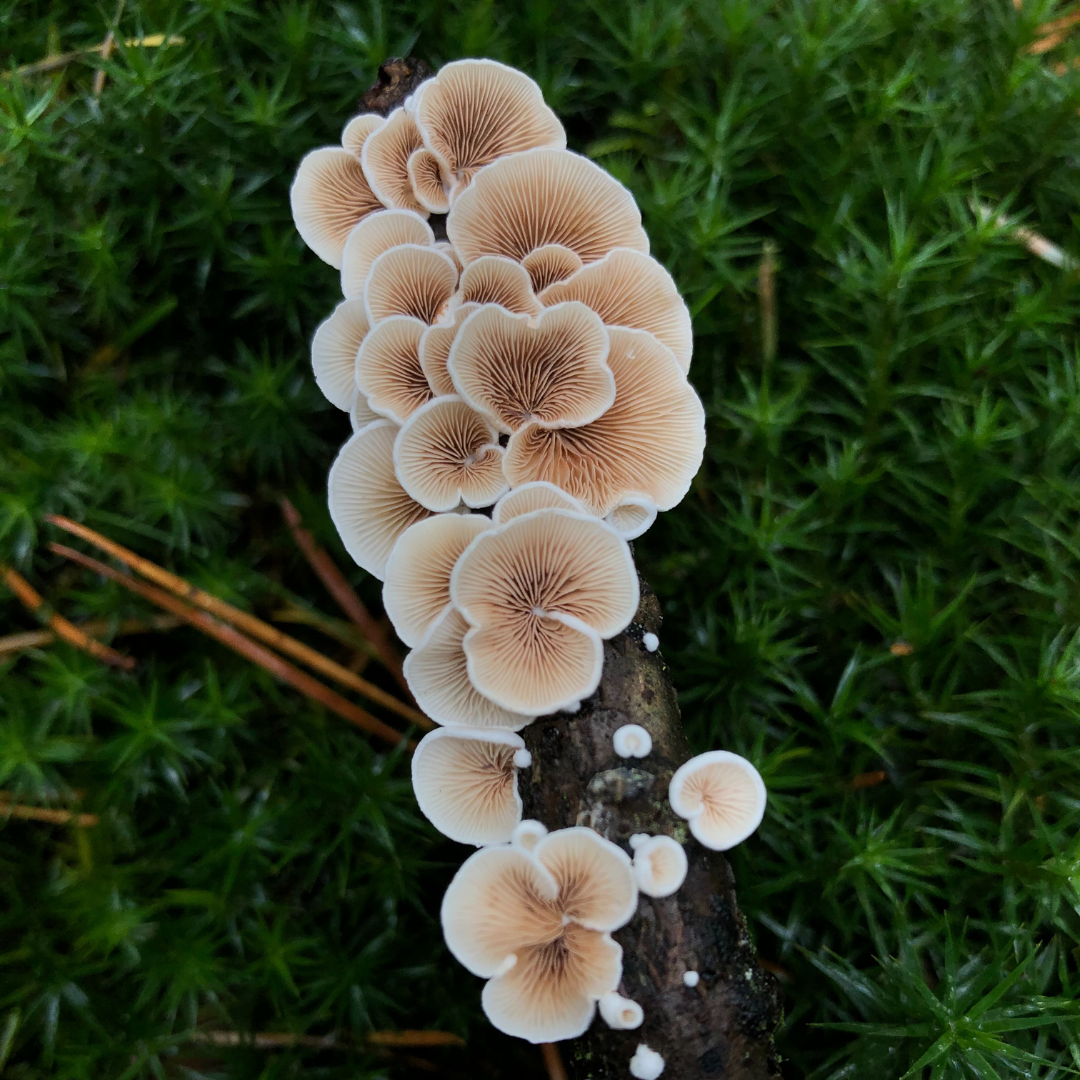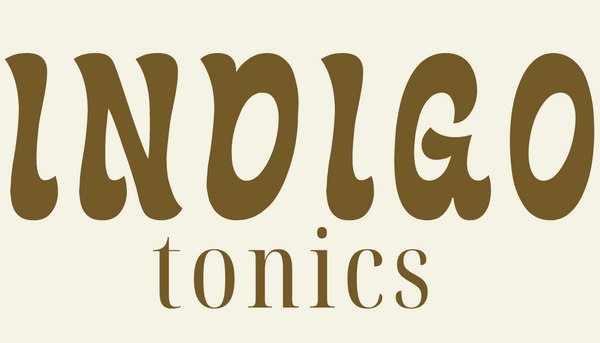
Understanding the Dynamic Duo: Mycelium and Fruit Bodies in Functional Mushrooms
Share
Functional mushrooms, also known as medicinal or adaptogenic mushrooms, have gained immense popularity in recent years for their potential health benefits. These fungi are unique organisms that consist of two main parts: mycelium and fruit bodies.
Understanding the differences between these components is crucial for comprehending the complex life cycle and therapeutic properties of functional mushrooms.
Mycelium: The Hidden Network
Mycelium serves as the vegetative part of the fungus and is often compared to the roots of plants. Comprising a vast network of fine, thread-like structures called hyphae, mycelium's primary function is to absorb nutrients from its environment, breaking down organic matter and forming a symbiotic relationship with the surrounding ecosystem.
In functional mushrooms, mycelium plays a critical role in producing bioactive compounds such as beta-glucans, polysaccharides, and enzymes. These compounds contribute to the mushroom's therapeutic properties, supporting immune function, reducing inflammation, and promoting overall well-being.
Fruit Bodies: Above-Ground Powerhouses
The fruit body, also known as the mushroom, is the reproductive structure of the fungus. This is the part of the mushroom that is visible to the naked eye and is commonly used for culinary and medicinal purposes. The formation of the fruit body is the culmination of the mycelium's growth and development. It emerges when environmental conditions are conducive to reproduction.
Functional mushroom fruit bodies showcase a diverse range of shapes, sizes, and colors, each harboring a distinct combination of bioactive compounds. These compounds, including terpenoids, triterpenes, and antioxidants, contribute to the unique health benefits associated with different mushroom species. Harvesting the fruit body at the right stage of development is crucial to maximize its therapeutic potential.
A Symbiotic Relationship
The relationship between mycelium and fruit bodies is symbiotic, each depending on the other for survival and reproduction. The mycelium, hidden below the surface, provides essential nutrients and support for the development of the fruit body. In return, the fruit body produces and releases spores, ensuring the dissemination of the fungal species and the continuation of its life cycle.
Some functional mushroom supplements out there only use fruiting bodies due to the belief that mycelium acts as a filler or it is synonymous with “shortcut”. This isn’t necessarily true.
In the realm of functional mushrooms, mycelium and fruit bodies are integral components, each contributing to the overall health benefits of these fungi. Mycelium acts as the hidden network, extracting nutrients and synthesizing bioactive compounds, while the fruit body serves as the visible powerhouse, housing a rich array of therapeutic compounds.
For our products, we work with farmers that cultivate their mushrooms slowly, as nature intended. They let the mycelium grow as long as is needed, until it almost entirely consumes the growth material. By the time the mushrooms are harvested, under 5% of substrate is left. You get mushrooms not fillers — and high quality extracts with the helpful constituents from the mycelium and the fruiting bodies. When other companies or farms take shortcuts or try to speed up nature’s process (harvesting the mycelium after a few weeks), their products are mostly mycelial biomass filled with grains. Not ours and we can share the third-party lab test results as a result of our commitment to quality and transparency.
The synergy between these two parts highlights the intricate balance within the fungal life cycle and underscores the importance of considering both when harnessing the potential benefits of functional mushrooms for human health.
